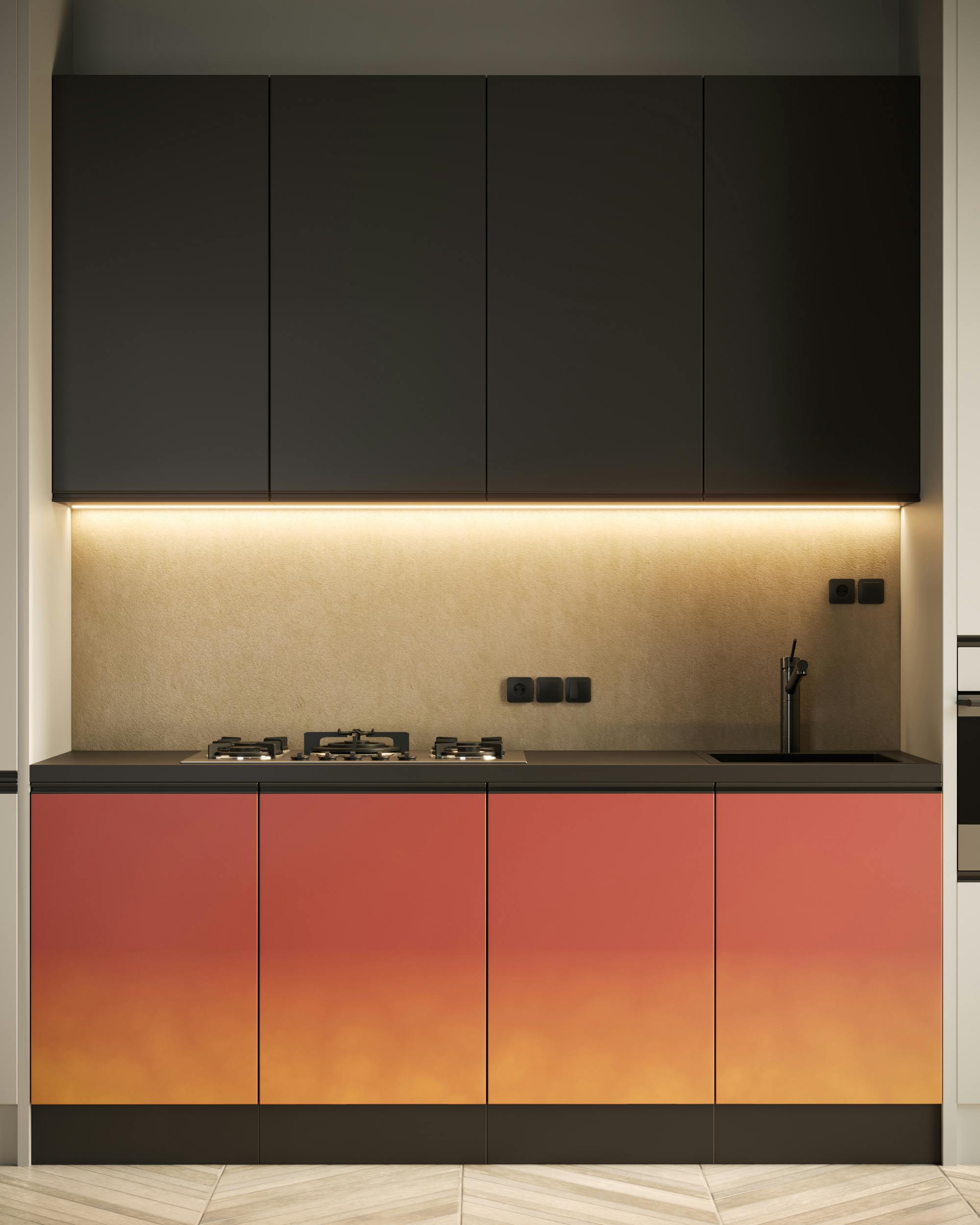Imagine walking into your dining room one evening and transforming it into a private cinema with a simple voice command, or converting your home office into an elegant cocktail lounge for entertaining guests. The rigid boundaries of traditional luxury interior design are dissolving, replaced by revolutionary modular systems that adapt to your lifestyle in real-time. While conventional high-end homes lock you into static layouts, forward-thinking homeowners are embracing metamorphic design principles that offer infinite possibilities within finite spaces. This isn’t just about moving furniture around—it’s about creating living environments that evolve with your needs, maximize spatial efficiency, and deliver unprecedented levels of personalization. Welcome to the future of luxury living, where your home becomes as dynamic and sophisticated as you are.
The evolution beyond static luxury spaces
Traditional luxury interior design has long been defined by permanence—marble columns, built-in millwork, and furniture arrangements that remain unchanged for decades. However, this approach increasingly feels outdated in our fast-paced world where flexibility and adaptability reign supreme. The modern affluent homeowner values experiences over possessions and demands spaces that can transform to support multiple lifestyles within a single structure.
Recent research from the Luxury Institute reveals that 73% of high-net-worth individuals prioritize functional adaptability over traditional status symbols when designing their homes in 2025. This shift represents a fundamental reimagining of what luxury means—moving from conspicuous consumption to intelligent functionality.

This Photo was taken by Bilal Mansuri.
The concept of metamorphic luxury emerges from this paradigm shift, borrowing terminology from geology where rocks transform under pressure while maintaining their essential character. Similarly, metamorphic interiors maintain their luxurious essence while adapting their form and function to meet changing needs. This approach requires sophisticated engineering, premium materials, and thoughtful design integration that surpasses traditional luxury in both complexity and cost.
Core principles of modular luxury systems
Successful modular luxury design operates on three fundamental principles that distinguish it from simple convertible furniture or basic room dividers. These principles ensure that adaptability enhances rather than compromises the sophisticated aesthetic expected in high-end homes.
Seamless transformation mechanisms
The hallmark of truly luxurious modular systems lies in their ability to transform without revealing the mechanical complexity underneath. Premium modular installations utilize whisper-quiet motors, precision-engineered tracks, and advanced materials that maintain flawless surfaces regardless of configuration. Invisible technology integration ensures that transformation mechanisms disappear entirely when not in use, preserving the clean aesthetic lines that define luxury spaces.
Leading manufacturers like Bulthaup and Poliform have pioneered systems where kitchen islands glide silently across rooms, walls rotate to reveal hidden storage or entertainment centers, and ceiling-mounted partitions descend with theatrical precision. These systems require substantial investment—typically ranging from $50,000 to $200,000 per installation—but deliver transformation capabilities that were previously impossible.
Material continuity and quality preservation
Modular luxury systems maintain material integrity across all configurations, ensuring that premium finishes like book-matched marble, hand-selected wood veneers, and custom metal work remain perfectly aligned regardless of position. This requires extraordinary precision in manufacturing and installation, as tolerances must account for repeated movement while preserving the seamless appearance expected in luxury environments.
| Material Type | Standard Tolerance | Modular System Tolerance | Cost Multiplier |
|---|---|---|---|
| Natural Stone | ±2mm | ±0.5mm | 2.5x |
| Wood Veneer | ±1mm | ±0.25mm | 3x |
| Metal Fabrication | ±1.5mm | ±0.3mm | 2.8x |
| Glass Panels | ±1mm | ±0.2mm | 3.2x |
Integrated systems architecture
Modular luxury transcends individual moving elements by creating integrated ecosystems where lighting, climate control, audio-visual systems, and even plumbing adapt alongside physical transformations. Smart home integration becomes essential, as sensors automatically adjust environmental conditions based on spatial configurations and intended use patterns.

This Photo was taken by Anna Nekrashevich.
Revolutionary applications in residential spaces
The most compelling modular luxury installations demonstrate how thoughtful engineering can multiply the functional capacity of existing square footage while maintaining the refined atmosphere that defines high-end residential design. These applications go far beyond simple furniture rearrangement to create genuinely transformative living experiences.
Adaptive entertaining environments
Modern luxury homes increasingly feature spaces that seamlessly transition between intimate family settings and grand entertainment venues. Advanced modular systems enable dining rooms to expand from intimate 8-person settings to accommodate 24 guests through automated table extensions, coordinated lighting adjustments, and reconfigured seating arrangements that emerge from hidden storage.
The integration of these systems with sensory storytelling elements creates environments that don’t just change physically but transform atmospherically. Automated systems can shift from warm, intimate lighting with soft acoustic treatments for family dinners to dramatic, high-contrast illumination with enhanced sound systems for cocktail parties—all at the touch of a button.
Multi-generational living adaptations
As multi-generational living becomes more common among affluent families, modular luxury systems provide sophisticated solutions for privacy and shared spaces. Master suites can divide into separate sleeping and sitting areas for grandparents’ extended visits, while great rooms reconfigure to create distinct zones for different age groups without sacrificing the open, flowing feel that characterizes contemporary luxury design.
These installations often incorporate advanced acoustic solutions within the modular framework, ensuring that spaces provide appropriate sound isolation when configured for privacy while maintaining acoustic openness when desired for family gathering.
Seasonal lifestyle transformations
Luxury modular systems excel at adapting homes for seasonal lifestyle changes that go beyond simple décor updates. Winter configurations might emphasize cozy gathering spaces with integrated fireplaces and warm lighting, while summer setups open spaces to outdoor connections and emphasize cooling elements and natural light.
The most sophisticated installations integrate with indoor-outdoor living design principles, where walls literally disappear and interior spaces extend seamlessly into landscaped exteriors. These systems require substantial engineering coordination but deliver transformative lifestyle benefits that justify their significant investment.

